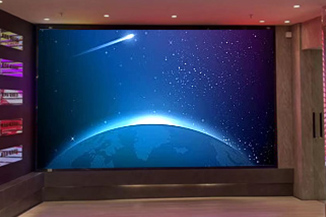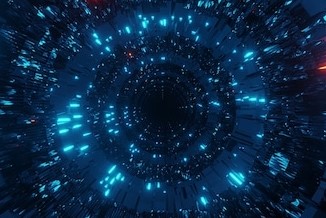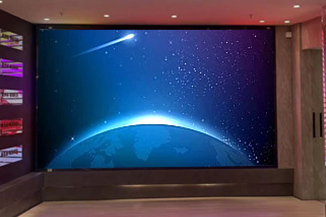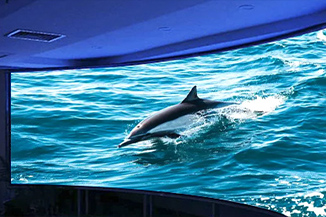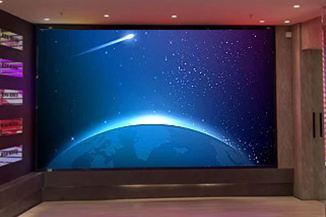Publisher: Supplier of LED Display Time: 2022-03-11 14:19 Views: 1777
With the rapid development of the LED display industry and the continuous development of LED technology, the brightness of the LED display has also been continuously improved, and the size is getting smaller and smaller, which indicates that more LED displays entering the room will become larger and larger. trend. However, due to the improvement of LED brightness and density, new and higher requirements have been brought to the control and driving of LED display screens. Now the general indoor LED display screen, the general control method adopts the row-column sub-control mode, which is commonly referred to as the scanning mode. At present, the driving mode of the LED electronic display screen includes static scanning and dynamic scanning, and the static scanning surface is divided into Static real pixel and static virtual, dynamic scanning is also divided into dynamic real image and dynamic virtual.
In the LED display, the ratio of the number of lines lit at the same time to the number of lines in the entire area is called scanning mode. The scan is also divided into 1/2 scan, 1/4 scan, 1/8 scan, 1/16 scan and other driving methods. It can also be said that the driving method of the display screen is different, so the settings of the receiving card are also different. If the receiving card was originally used for 1/4 scan evaluation, and now it is used on a static screen, the display on the display will light up every 4 lines. Generally, the receiving card can be set. After connecting the main components such as the sending card, display screen, and computer, you can enter the relevant software on the computer to set it. Then, let's first introduce the scanning mode and principle of the LED display screen.
1. LED display scanning mode
(1) Dynamic scanning: Dynamic scanning implements "point-to-column" control from the output of the driver IC to the pixel points. Dynamic scanning requires a control circuit, and the cost is lower than that of static scanning, but the display effect is poor and the brightness loss is relatively high. Big.
(2) Static scanning: Static scanning is to implement "point-to-point" control from the output of the driver IC to the pixels. Static scanning does not require a control circuit, and the cost is higher than dynamic scanning, but the display effect is good, the stability is good, and the brightness Advantages such as less loss.

2. Working principle of LED display 1/4 scan mode
The working principle of the 1/4 scanning mode of the LED display screen is that each line of power supply V1-V4 is turned on for 1/4 of the time according to the control requirements in one frame of image. The advantage of this is that the LED display characteristics can be used more effectively and the hardware cost can be reduced. The disadvantage is that in 1 frame of image, each row of LEDs can only display 1/4 of the time.
3. Classification according to the type of LED display scanning method
(1) Scanning mode of indoor full-color LED display: P4, P5 are constant current 1/16, P6, P7.62 are constant current 1/8.
(2) Scanning mode of outdoor full-color LED display: P10, P12 are constant current 1/2, 1/4, P16, P20, P25 are static.
(3) The scanning methods of single and double color LED display are mainly constant current 1/4 scan, constant current 1/8 scan, and constant current 1/16 scan.


